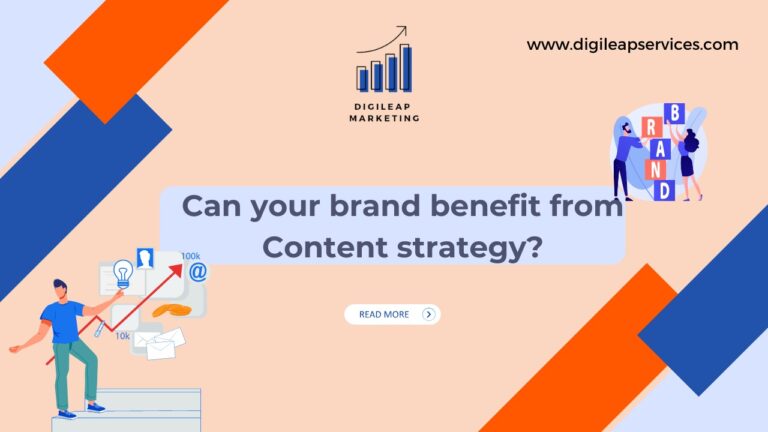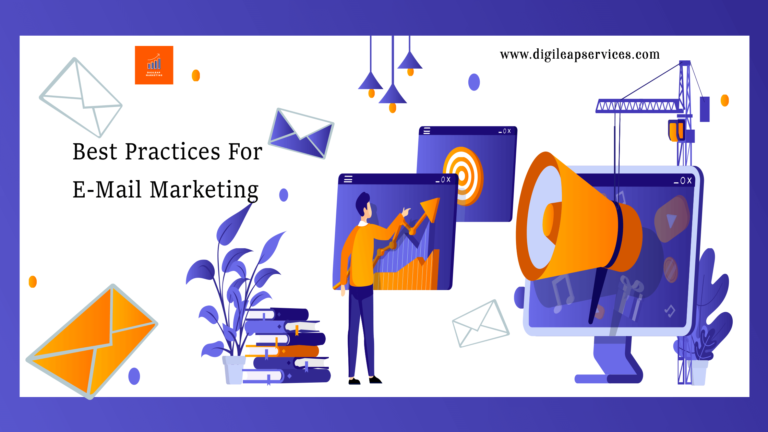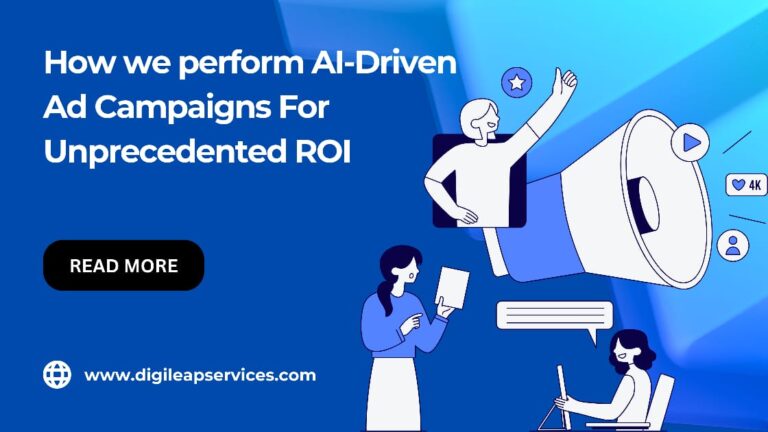Why Does Content Marketing Need Data-Driven Decisions?
The importance of data-driven content marketing has been widely discussed for years. We’ve probably talked about it a lot; we also put our words into action and make sure that all of our work is supported by statistics.
It’s a strategy we’ve used for a while, but as we became a growth marketing firm (which largely depends on data), we also began considering how we might drill down into certain marketing channels and use our data-driven thinking.
Nowadays, companies’ access to large amounts of information is a help to a data-driven media planning strategy.
Using applications or different websites to gather data, marketing teams may follow each brand interaction along the consumer journey with the help of excellent attribution modeling.
Marketing teams may determine which creative assets generated the most engagements, which channels delivered the best return on investment, and other information after parsing and analyzing all of this data.
Organizations may fine-tune their campaigns based on these insights to guarantee the finest client experiences and the most return on marketing expenditure.
UTILIZING DATA TO GUIDE YOUR CONTENT STRATEGY
Most organizations are unaware of how important data is to the success of content marketing. Data-driven content marketing can influence future content plans, enabling more precise content targeting. It is a great strategy for boosting content marketing efforts since it provides marketers with information on the content that connects to their intended audience.
According to Insights for Professionals, a data-driven strategy may significantly influence the kind of material you produce and how it is produced. When your content strategy is data-driven, you can identify the target audience for each piece of content. You can determine what kinds and formats of material appeal to them and which platforms to post on for the most visibility.
WHY USE DATA-DRIVEN MARKETING FOR CONTENT?
In the marketing sector, “data-driven content” is a phrase that is gaining popularity. Businesses with a distinctive content viewpoint and solid thought leadership produce data-driven content; this helps you stand out from your rivals or other brands that do not.
There is greater pressure than ever for marketers to create pertinent content that helps their target audience and bottom line. How can you further differentiate yourself in a market when several businesses provide material daily?
We have abundant material, but not much is valuable or distinctive for a brand’s target market. Brands should invest more effort in producing content utilizing internal data. Here are a few justifications for why the expense is justified.
Good Thing about Data-Driven Decisions
Consumers nowadays are constantly exposed to brand messages and marketing. Consequently, they are now more selective about the messaging they choose to interact with.
Data-driven decision tactics enhance the customer experience and brand reputation because they help businesses understand the wants and requirements of their customers. Additionally, they increase conversion rates since consumers are more inclined to respond to the highly focused content made possible by data-driven.
More Customer Satisfaction
This is necessary for success because almost half of the customers say they have left a website to buy a product elsewhere after having a bad experience.
Data-driven marketing’s enhanced personalization fosters pleasant customer experiences while fostering consumer-brand trust. According to McKinsey, personalizing the customer experience may increase marketing expenditure’s return on investment (ROI) by 5-8 times.
THE ADVANTAGES OF USING DATA TO INFORM YOUR CONTENT MARKETING APPROACH
The following are just a few advantages:
- Data gives you access to tools you can use to decide on your content more wisely, which improves audience targeting and boosts ROI.
- Knowing how to evaluate data provides your company an edge since it may help you learn more about your audience and produce more focused and efficient content.
- Data enables you to create more tailored content that responds to the unique requirements of your customers by helping you better understand their journey. Knowing which subjects are popular with your audience and which are not can help you tailor your content approach.
- Another major advantage is you may save time and money with data-driven content marketing. You may save time and money by knowing what material is successful and what isn’t by having this knowledge.
- Data enables you to fine-tune your content distribution strategy so that your target audience delivers the right message at the right moment.
- Your ROI may be increased with the use of data-driven content marketing. When you know what material works best, you can allocate more of your budget to projects more likely to produce results.
- Data may be used to measure your success over time and determine the economic effect of your content marketing approach.
HOW TO CREATE A DATA-DRIVEN CONTENT STRATEGY
You’ll have a far higher chance of success with your published material if you develop a data-driven content marketing plan.
Analyze Your Current Data To Get Insights
A great source of first-party data is your present clients. And now that the third-party cookie is dead, it’s a terrific opportunity to fill in the blanks and learn more about your clients.
Get Your Imagination Going
What did you discover when exploring your data? Use your numbers as a starting point for your creative thinking now that you have them. Because, hey, math can be entertaining too! Boost your plan with the data and utilize it to determine the kinds of data-driven content you should produce.
Make Content Using Data Backing
The material that bases its thought leadership on your original research will be the most impactful. However, that’s not always doable, particularly if you’re producing a lot of material. However, ensuring that your material contains accurate, pertinent, and current information is crucial.
Selecting Your Channels
It’s time to examine the facts once more. This time, you’re considering which distribution channels are most compatible with the material you’re promoting and the particular audience you’re trying to reach. To choose your distribution channels, you may access a wealth of data. Who, for example, follows you on social media? Do they fit your consumer persona, or are there opportunities to reach a hitherto untapped population or niche market?
Track Everything, then restart The Process
As you roll out your data-driven content strategy, keep an eye on all your KPIs and crucial indicators. You may start gaining new insights and making data-driven decisions as the figures start to come in so that you can modify your plan and get better outcomes.
Conclusion
Today’s consumer expectations necessitate data-driven marketing, especially given the expanding range of available platforms, applications, and devices. When these strategies are implemented, you can use your data to tailor customer experiences, maximize spending, and increase ROI.












